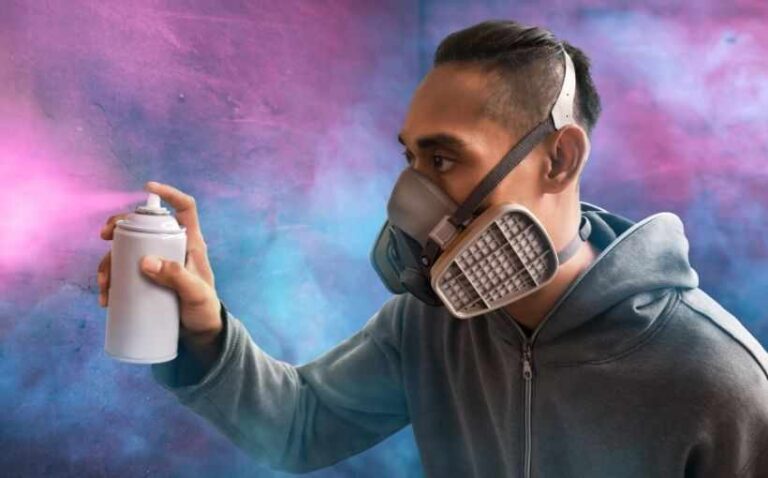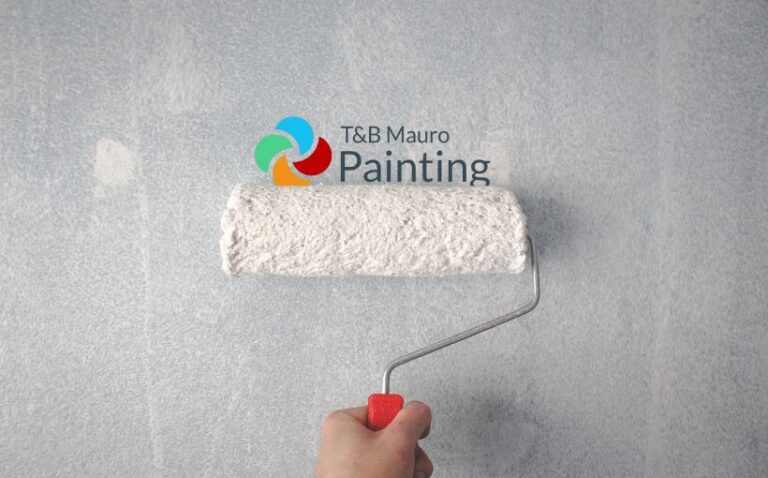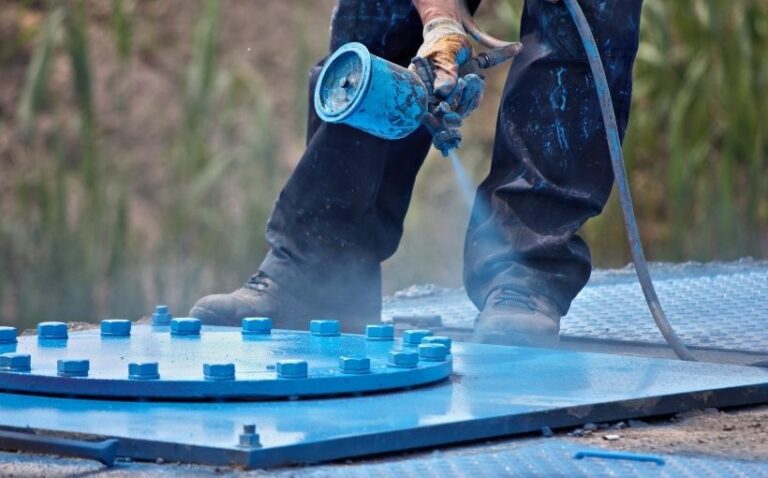Is there a robot that can paint your house?
Can robots replace painters to paint your house? Some argue that interior and exterior painting requires more precision than robots can handle, but robots are already replacing painters in some parts of the world.
Robots have already replaced humans in factories around the world. Automobiles and other manufactured products used to be painted by humans. Now robots have replaced humans in many factories. But these are stationary robots on assembly lines.
Is there a robot that can paint your house?
- PictoBot
- Endless Robotics
- OutoBot Exterior Robot Painting
- Can Robots Do Detail Work?
- More Robots That Can Paint Your House
- Do We Want Robots to Replace Humans?
PictoBot
Singapore is a small country with a shortage of trade workers. They are trying to overcome this deficiency by creating a “Smart Nation.” By “Smart,” Singapore means smart technology. One piece of smart technology is called PictoBot. PictoBot was developed by Nanyang Technological University (NTI) in Singapore. It’s a fairly bulky machine, but it can paint interiors using a robotic arm. Instead of a team of painters, PictoBot requires only one operator and can paint walls 25 percent faster than two human painters.
PictoBot weighs 1.5 tonnes and currently is used in industrial applications. It is a sign of things to come, though. As you will see, even more sophisticated robot painters are already with us.
Endless Robotics
An Indian company, Endless Robotics, has already invented a portable robot that can paint a house, a factory or any other building. According to an article in the Daily Factor, “Walt” can reach a height of up to 4.26 metres and paint 30 times faster than a human.
Walt is a portable robot on wheels. It uses spray paint, but can be modified to use jet rollers. The first step in the painting process is a team of humans who survey a site and map the interior. They feed the information to Walt and the robot goes to work based on the information fed to it via a mobile app.
If it seems hard to imagine that a robot could accurately paint an interior, Walt has already been put to work in India. While Walt does not work alone, he helps painters complete jobs in a day that would have taken them 10 times as long to complete. At the time of publishing the article, Walt was hard at work painting a new academic wing at the University of Technology, Warambal in India. A real estate company in Hyderabad also has its eye on Walt.
Outobot Exterior Robot Painting
Outobot is a robot built by ELID Technologies and Nanyang Technological University in Singapore. So far, Outobot is only used on high rise buildings.
Painting an exterior is a two phase project. First the exterior needs to be washed. Then paint can be applied. Outobot does both these jobs. An article in PhysOrg explains how Outobot works. Normally, a team of seven is needed to paint a high rise. Two members are on the ground, two on the rooftop and a three man team in a gondola. Outobot only requires two workers: one operates the equipment and another is a safety officer.
Outobot has a robotic arm and camera. Using its robotic arm, it can spray clean an exterior and then switch to a spray paint. It operates on a specially built gondola, but the gondola doesn’t require a human on board. The operator can see everything from the ground thanks to the camera.
Outobot is relatively heavy. It weighs 500 kilograms and is suitable for larger projects. Like Walt, Outobot can be programmed to paint only what needs to be painted and avoid windows.
Before you breathe a sigh of relief and think your exterior residential painting job is safe, Outobot is still in early stage of development. Plans are in the works to make a similar robot for smaller commercial and residential properties.
Can Robots Do Detail Work?
Take a look around your house and you’ll see a lot of detailed painting work that needs to be done. You don’t paint your entire interior or exterior in one colour. You may use gloss paint on window trim and you may want your ceilings, architraves and skirting boards painted in another colour. Can robots do detailed work like this?
That may be a future development, but robotics have astounded us enough to make us worry that they can ultimately outperform humans in the future. For example, a Berlin company, Sonice Development, has created a graffiti robot called Vertwalker that can climb walls. It hugs the walls via a vacuum that is just strong enough to hold it to the wall, but also allows it to move freely across the wall.
So far, Vertwalker has created graffiti that looks like child’s scribblings, but it has also created some stunning artwork. The creators say it uses internal sensors and can stay within a fixed area. In future, Vertwalker or a similar robot may be able to do highly detailed work by reading a program sent to it via an app.
If it sounds implausible that a robot can do highly detailed work, a BBC video tells about a Japanese robot that can paint fingernails. So far, the robot has only painted stick-on nails, but it may be just a matter of time before a robot works in a salon to paint nails with a high degree of precision.
We already have a robot that can climb walls and a robot that can paint nails. Before long, we will have robots that can do any painting job faster and more accurately than humans.
More Robots That Can Paint Your House
We have covered only a few of the painting robots available today. Many others are in development in technical universities and private industry. For example, the Egypt Japan University for Science and Technology has developed a small robot called the EJ-Wabot that uses a roller to paint walls. While it doesn’t look much faster than a human, it is a step towards replacing human painters.
That is just one example of what is happening in technical universities around the world. As these painting robots are developed, private industry invests money in them and they are made faster, more robust and more accurate.
Do We Want Robots to Replace Humans?
In the beginning of the industrial revolution, a group known as the Luddites protested against the rise of industry, going so far as to sabotage some industrial facilities. They were afraid industry would replace human workers. They were right. Many skilled artisans and craftspersons lost their income due to industrialised processes.
We adapted to industrialisation, but can we adapt to robotics? When we have building robots and painting robots building and painting homes faster and with less manpower than we need today, what will happen to our jobs? If we don’t have jobs, how will we be able to afford to have robots build and paint your house?
Robotics developers are focusing on creating better robots. They are saying that painting robots are making work safer because painters don’t have to work at heights. That may be true, but when one robot replaces several painters, you have to wonder how many jobs will be available in the future.
No one knows the answer, but for now, at least, robots are quickly becoming a fact of modern life. While they aren’t being used today, as they are perfected we will be seeing more of them and we will have to adapt to their presence in our lives.
Want a human to paint your house or commercial property? Contact T&B Mauro Painting.







